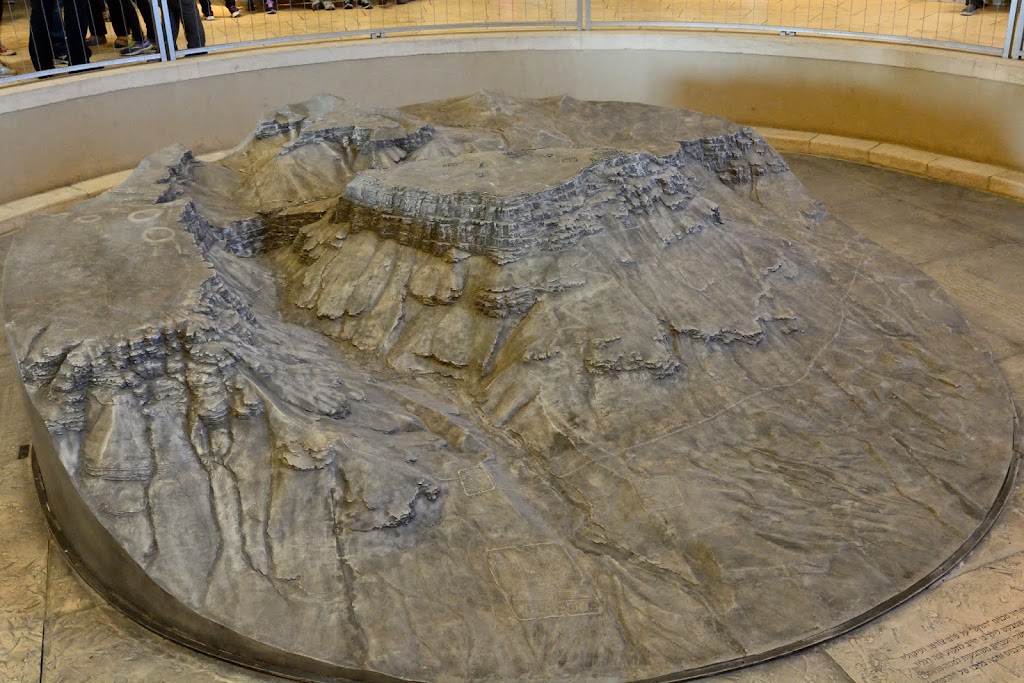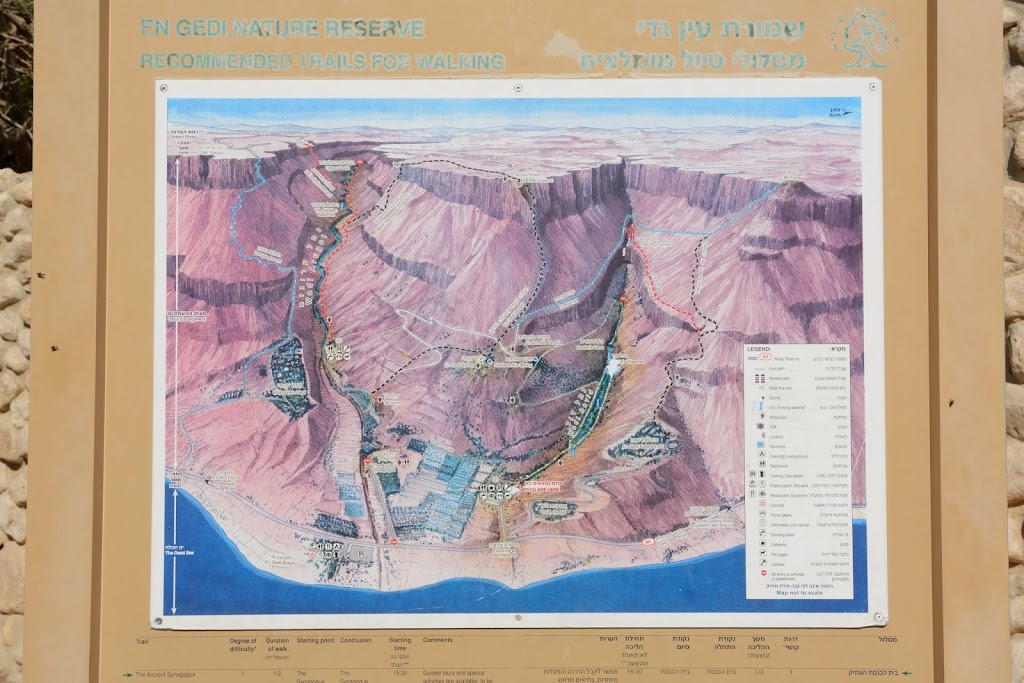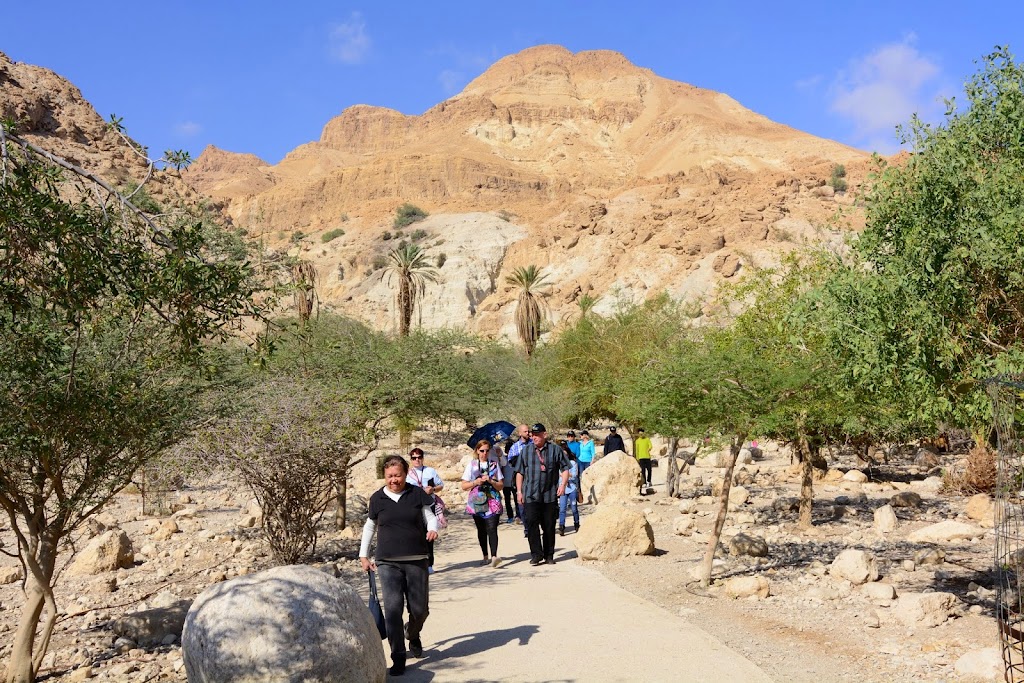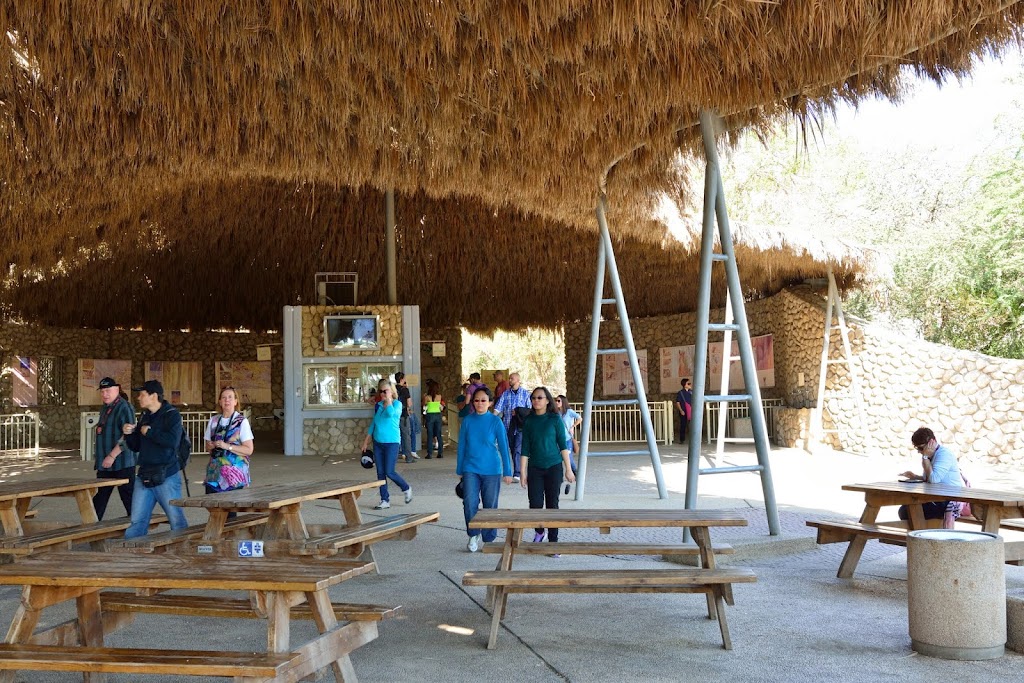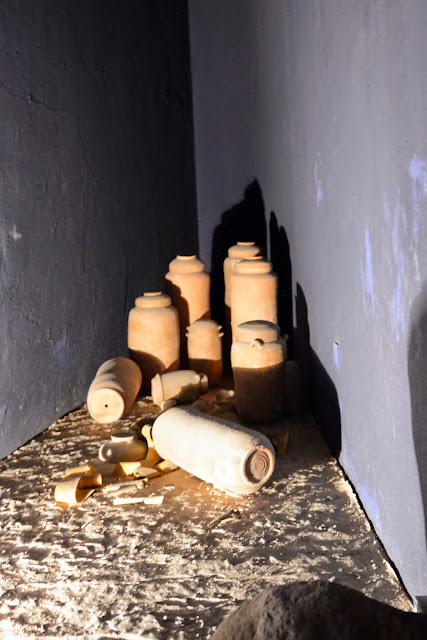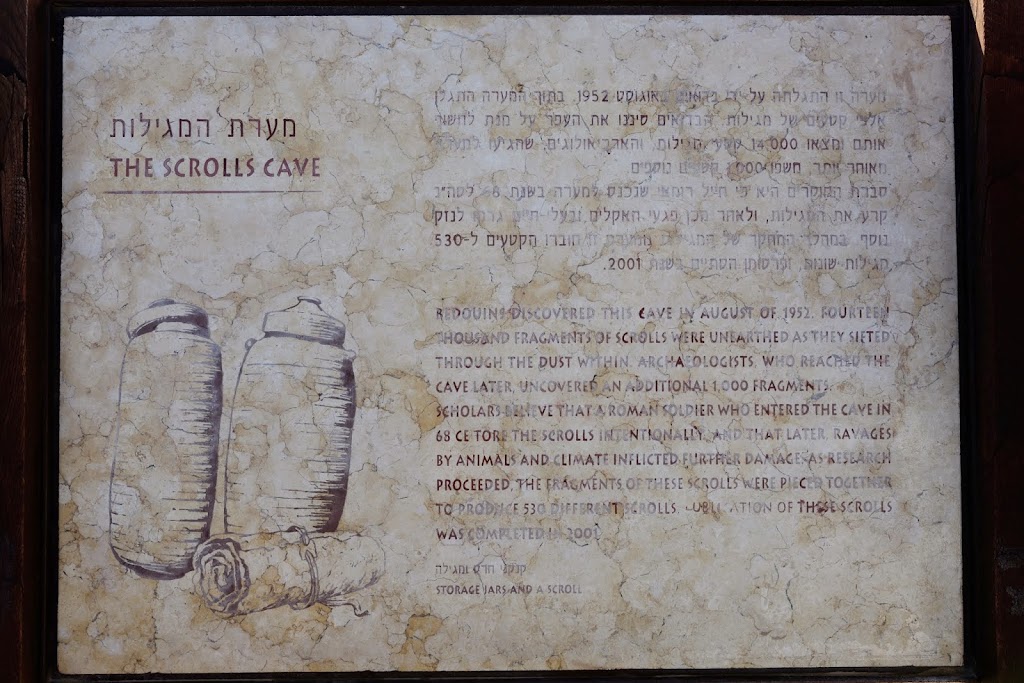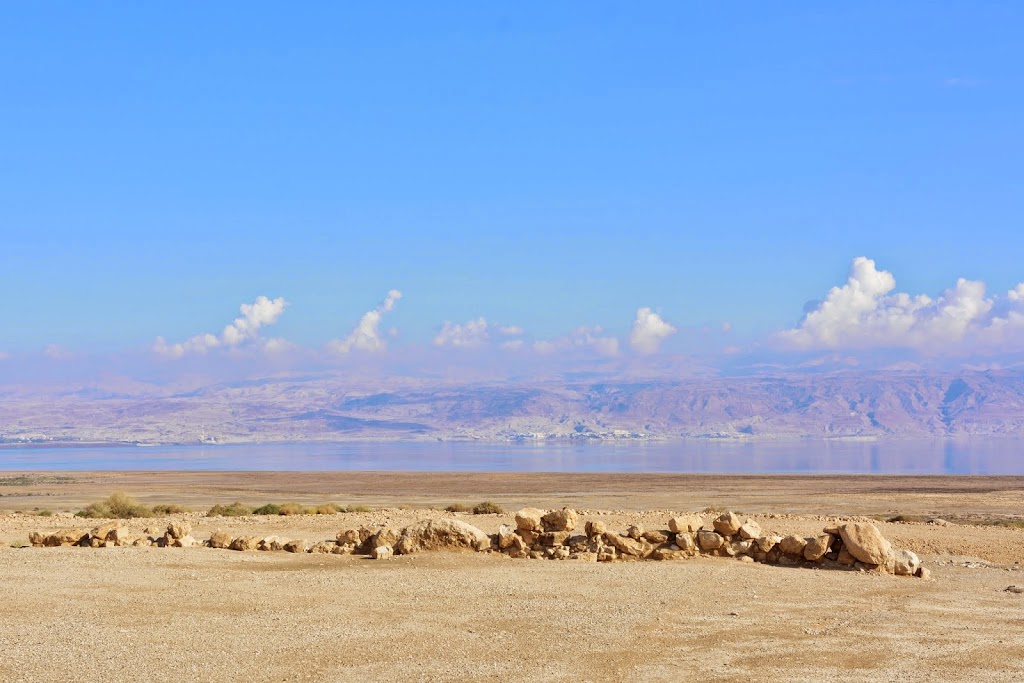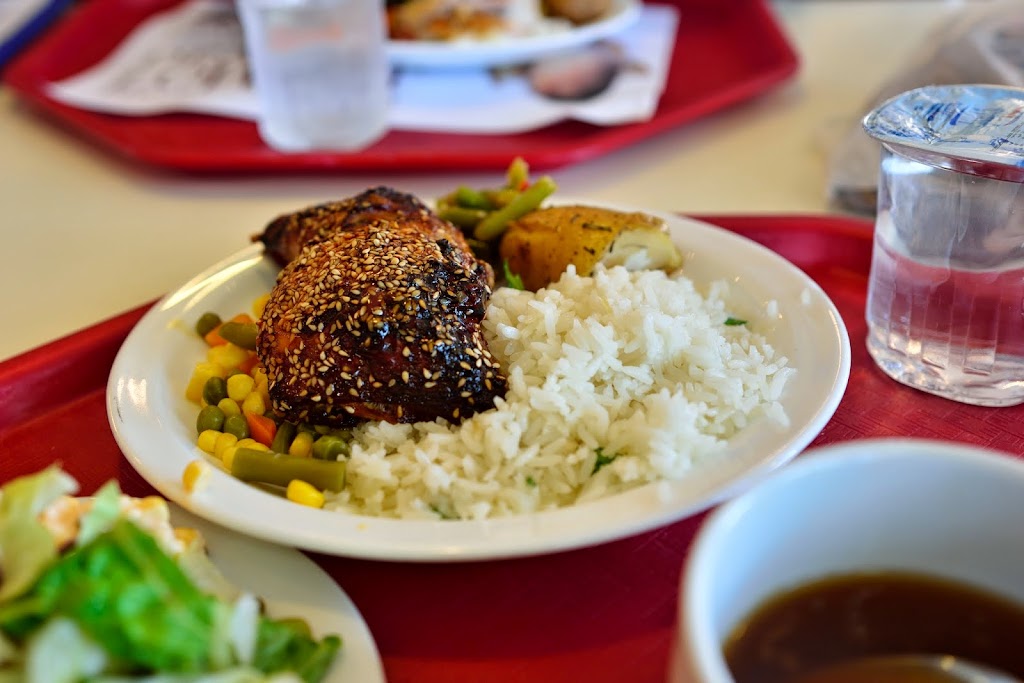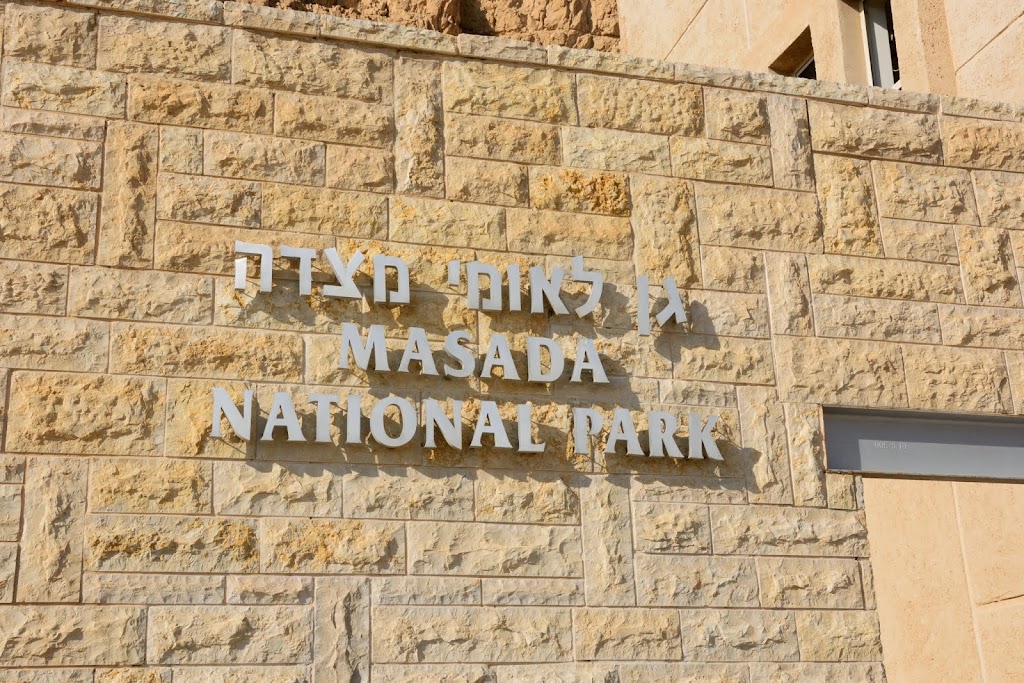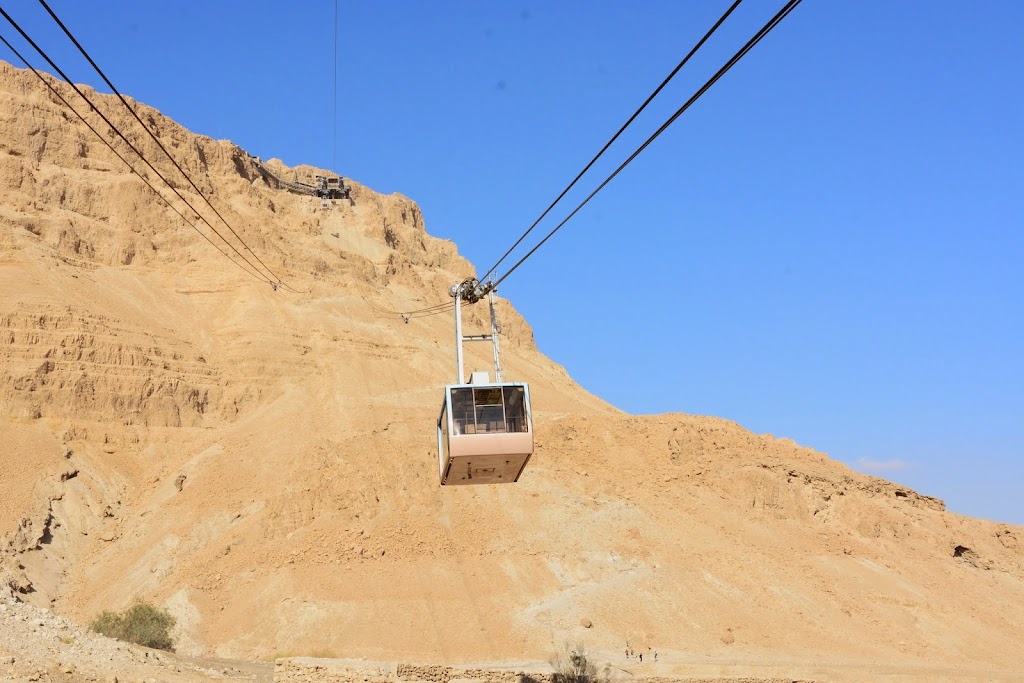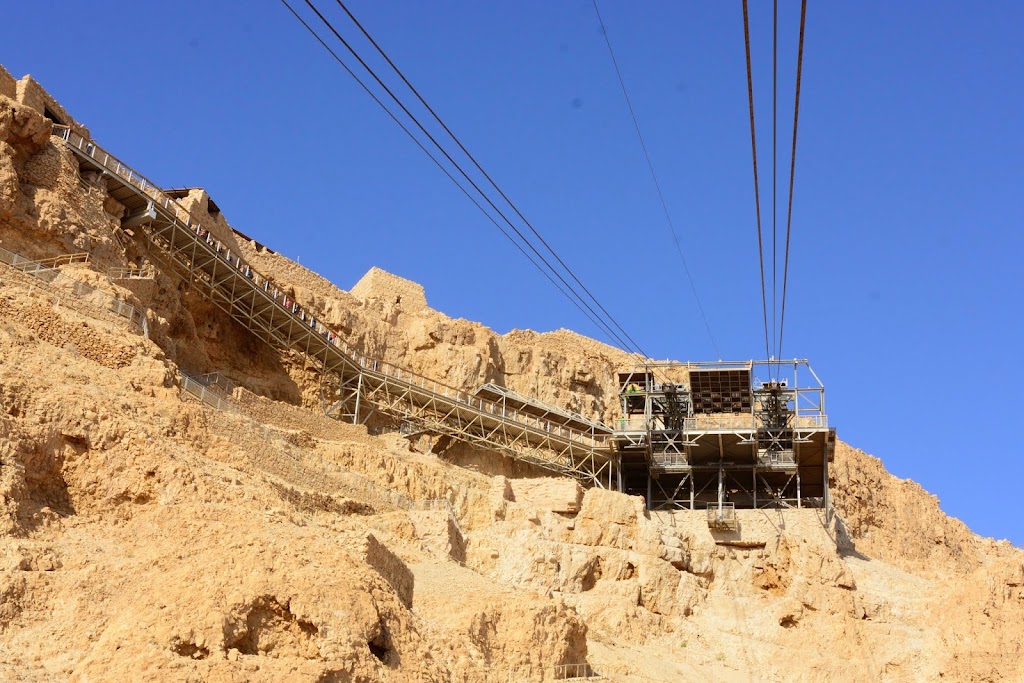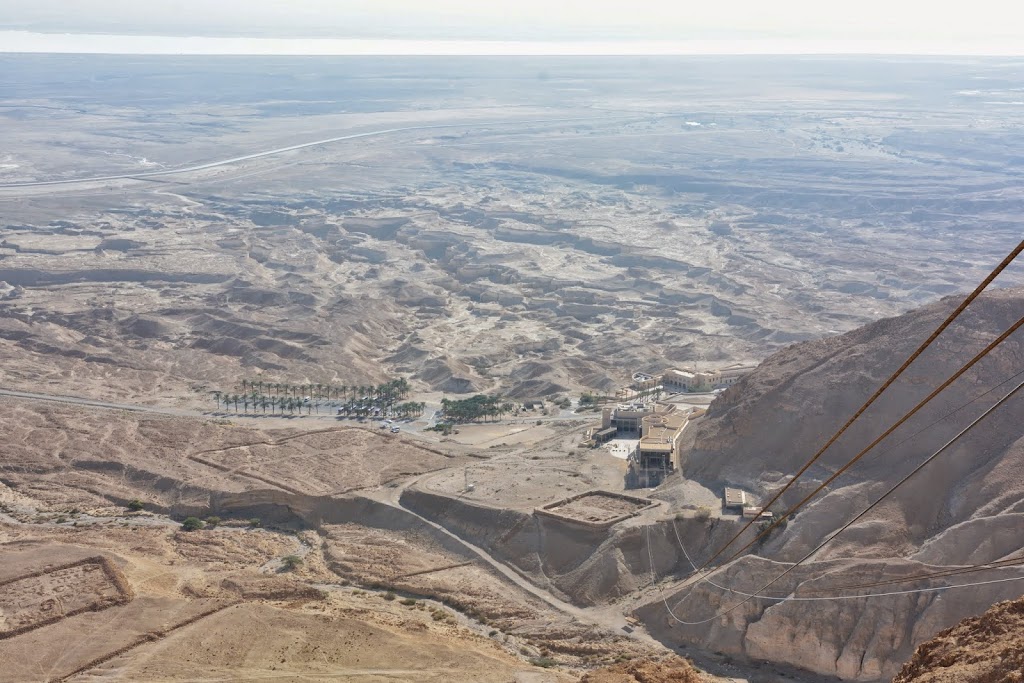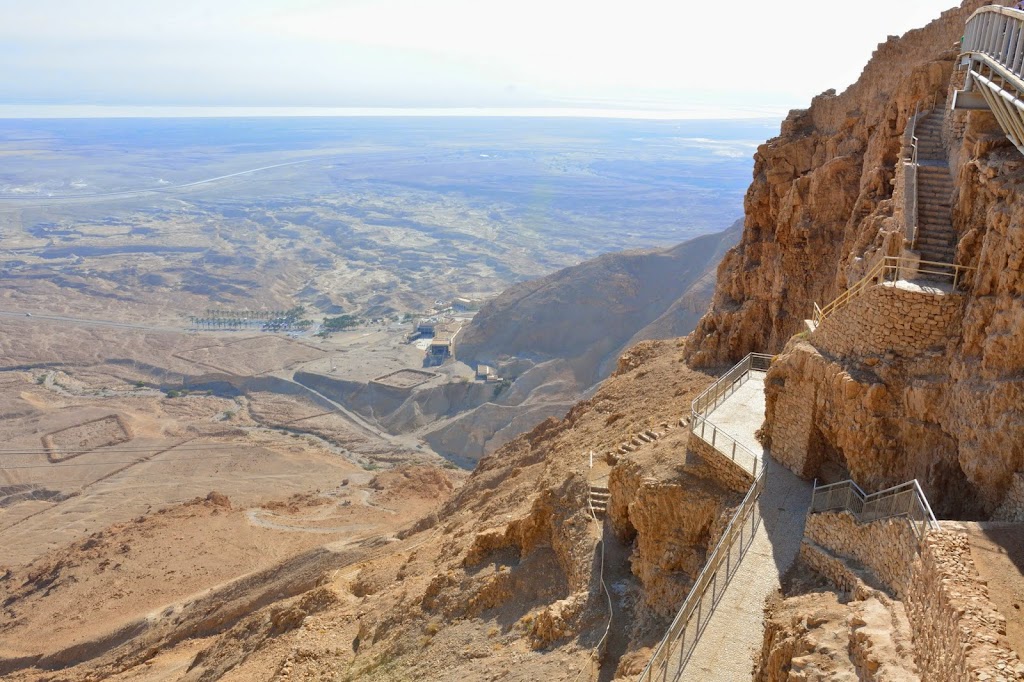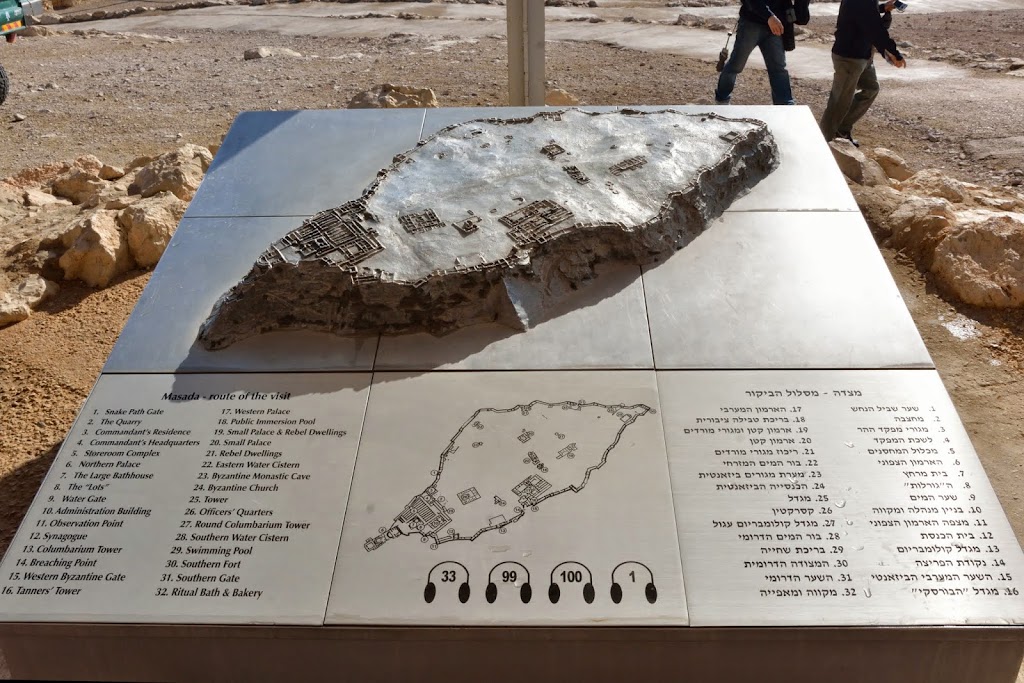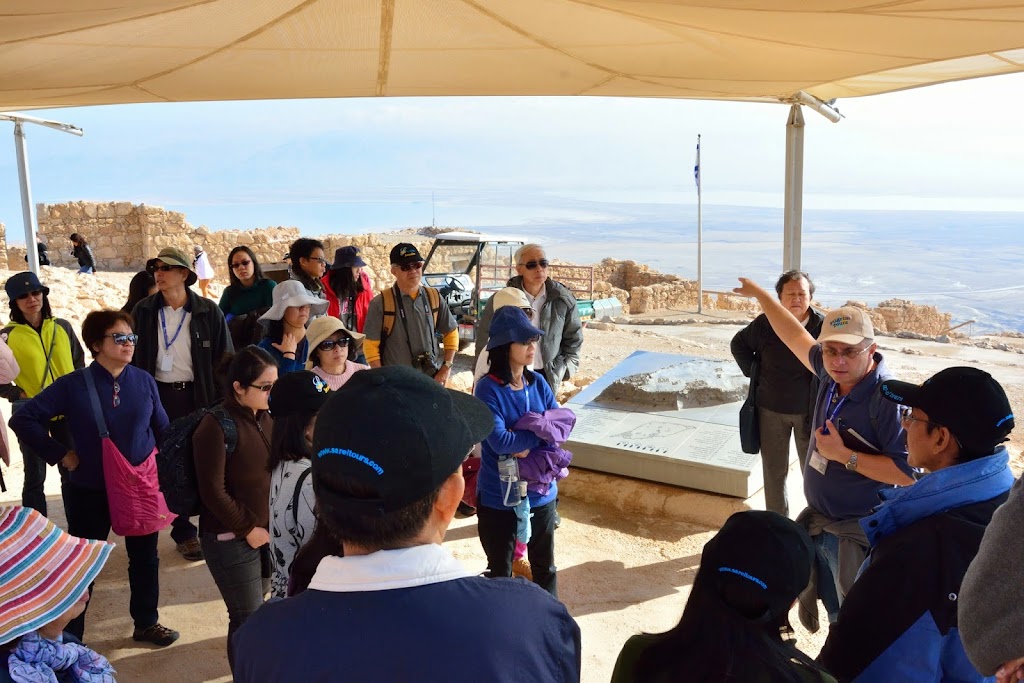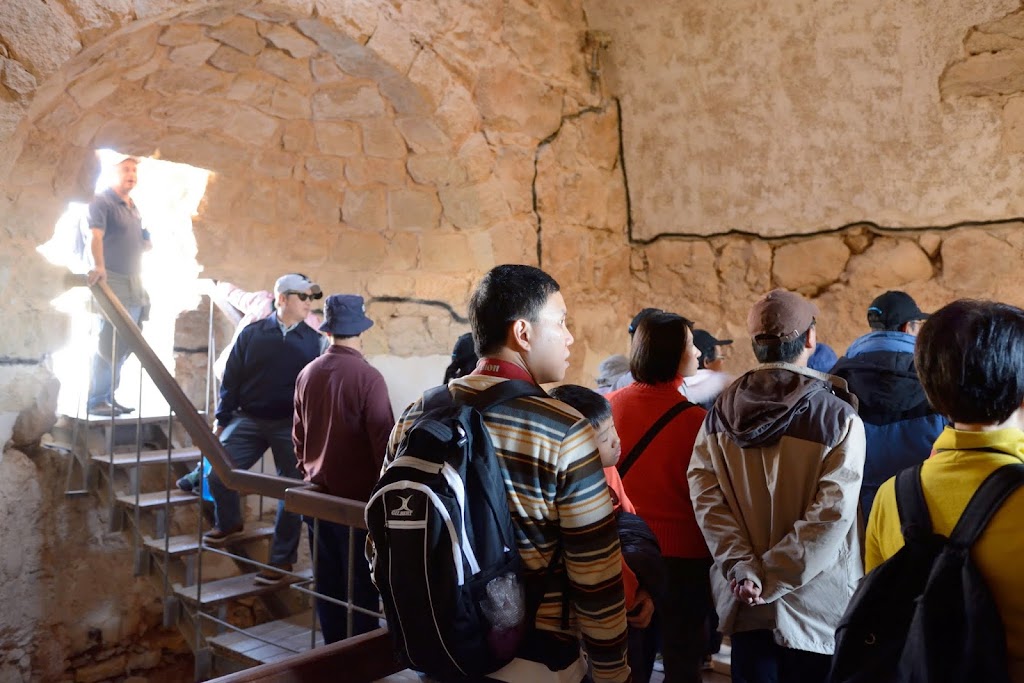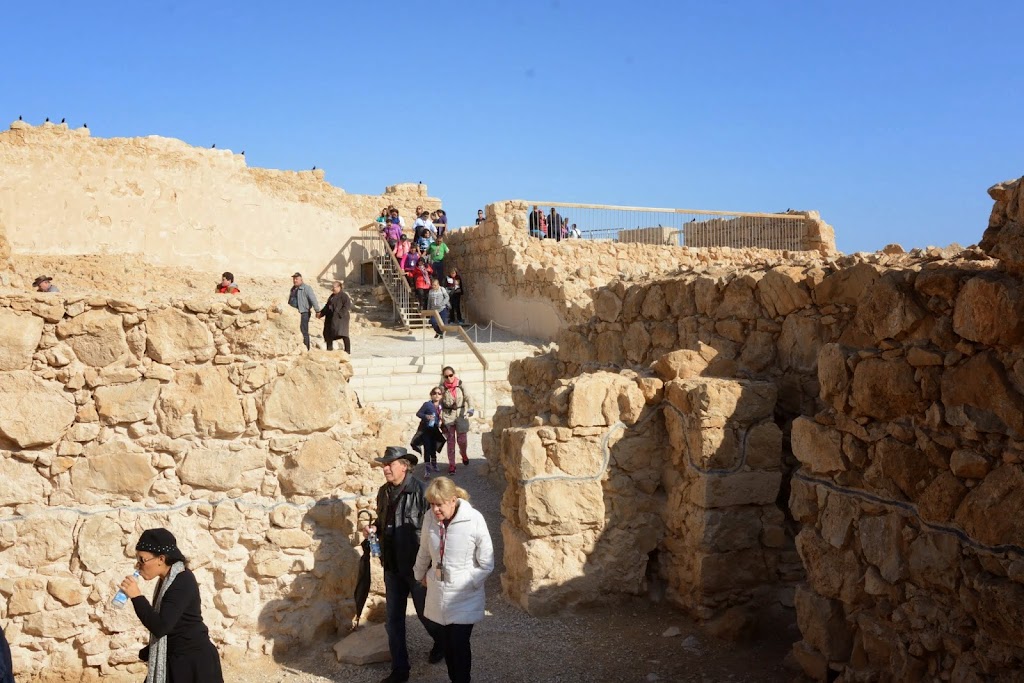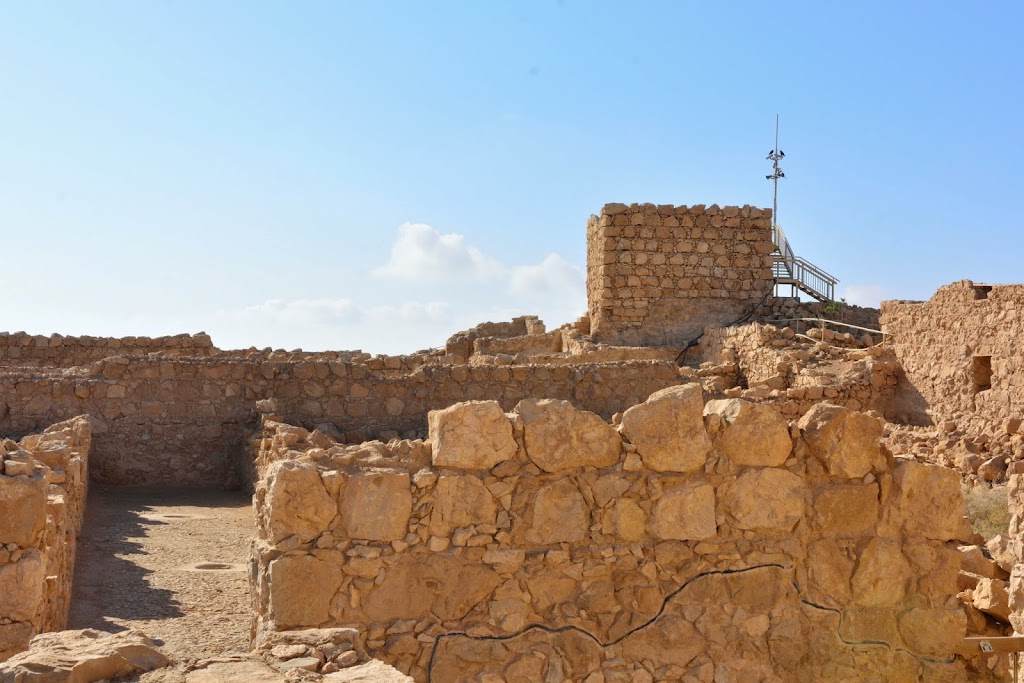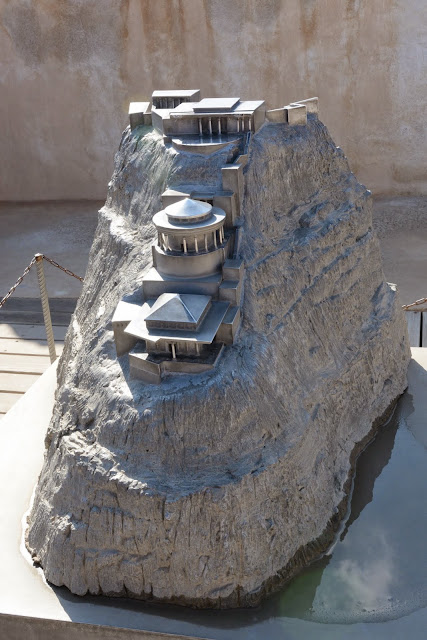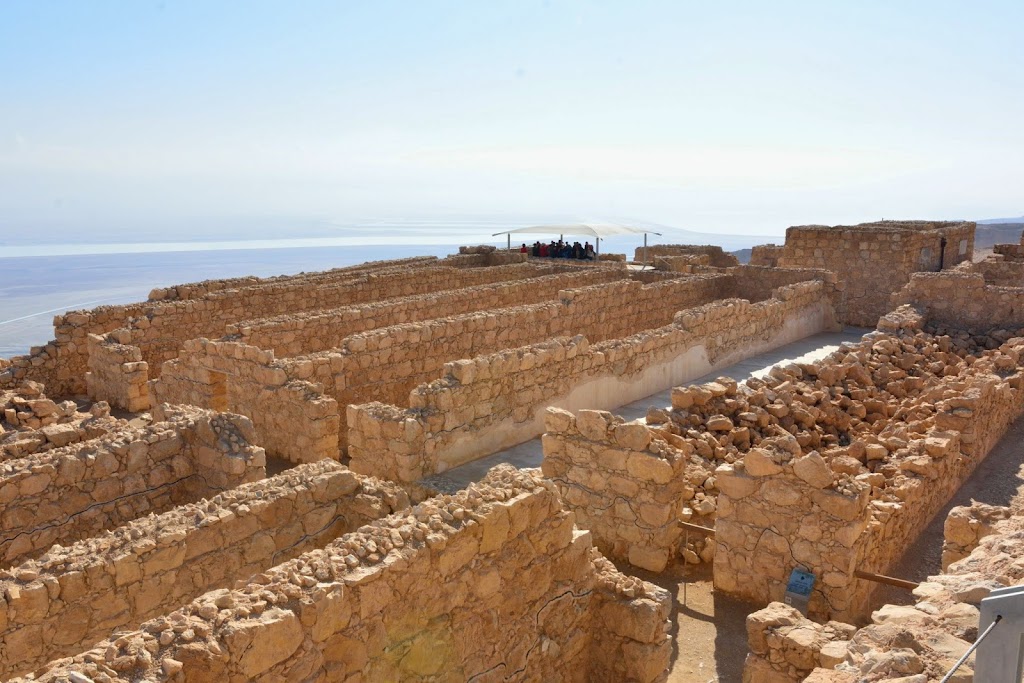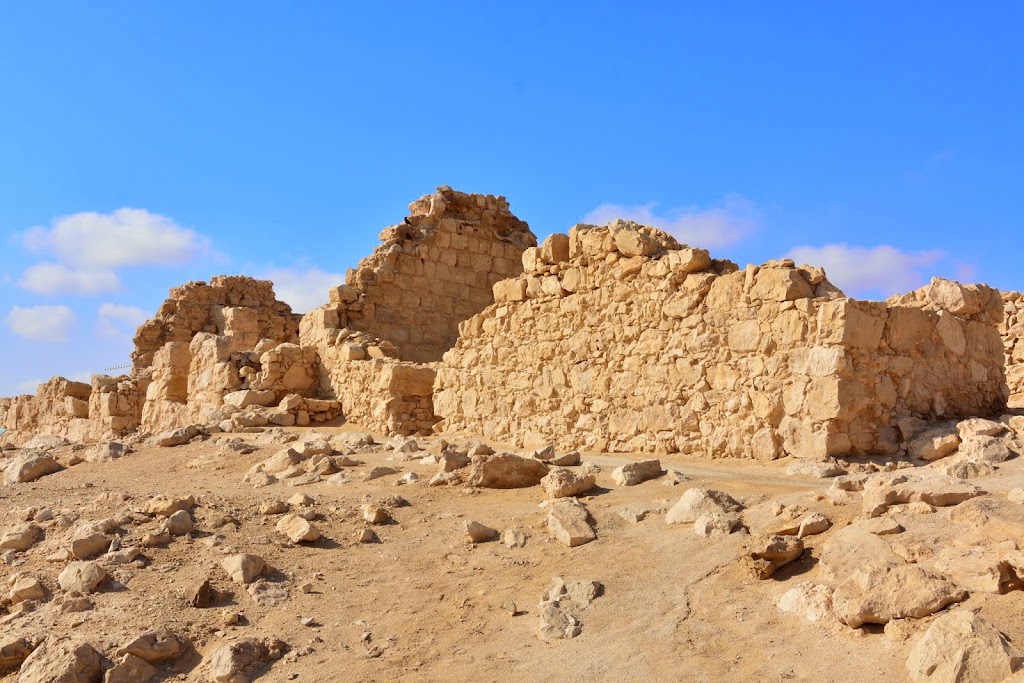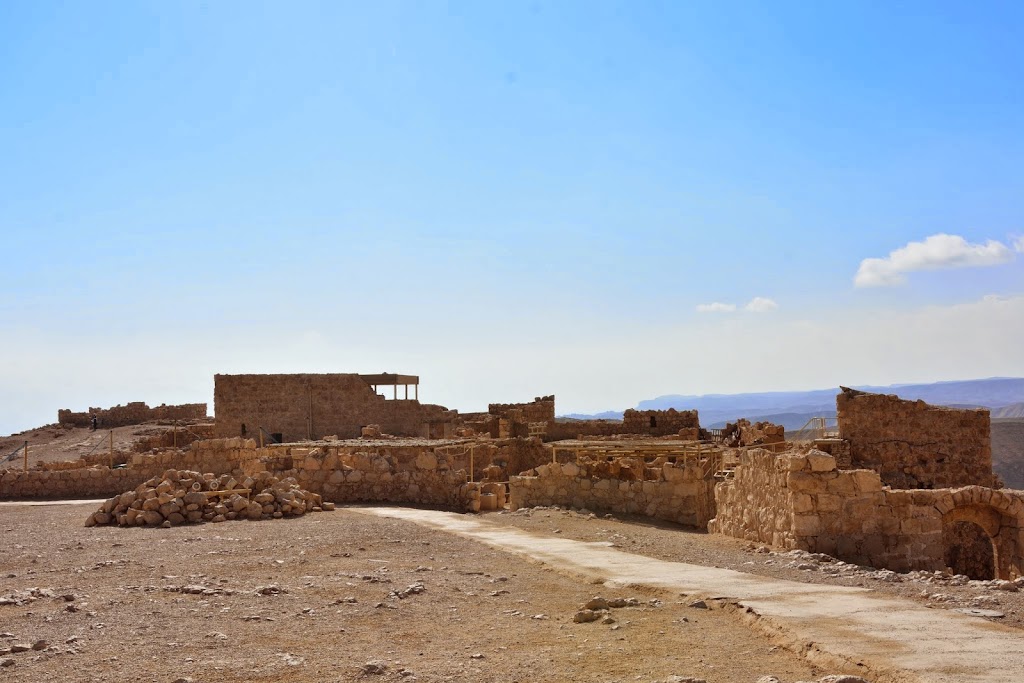Rev Quek's Notes :
The surface of the Dead Sea, 418 m below sea level as of 2006, is the lowest water surface on earth. The lake is 80 km long and has a maximum width of 18 km; its area is 1,020 sq km (Singapore is 716 sq km). The Dead Sea is fed mainly by the Jordan River, which enters the lake from the north. Several smaller streams also enter the sea, chiefly from the east. The lake has no outlet, and the heavy inflow of fresh water is carried off solely by evaporation, which is rapid in the hot desert climate.
The Dead Sea contains some 27 percent solid substances: sodium chloride (common salt), magnesium chloride, calcium chloride, potassium chloride, magnesium bromide, and many other substances, The lake contains no life of any sort except for a few kinds of microbes; sea fish put into its waters soon die. The Dead Sea is economically important as a source of potash, bromine, gypsum, salt, and other chemical products, which are extracted inexpensively.
The lake is closely associated with biblical history; the sites of the cities of Sodom and Gomorrah are believed to lie beneath the lake.
Owing to large-scale projects by Israel and Jordan to divert water from the Jordan River for irrigation and other water needs, the surface of the Dead Sea has been dropping for at least the past 50 years.
In September 2002, Israel and Jordan agreed to construct a 320-km (199-mi) pipeline that would link the Dead Sea with the Gulf of Aqaba to slow down the process of evaporation of the lake’s waters. If the shrinkage is allowed to continue, it is likely that the Dead Sea might disappear altogether by 2050. The shores of the Dead Sea are of growing importance as a winter health resort.
End
Dead Sea (“Float”). Biblically known as the Sea of the Arabah or the Salt Sea, its mineral content is so high that nothing lives in it. With a salt concentration many times higher than that of the world’s oceans, the density of the water in the Dead Sea is so high that anyone can float in it. With its unique concentration of minerals, Dead Sea waters and mud have long been known to have health and cosmetic benefits.
Enroute to the beach. Remember to bring S hook for the shower as the shower cucible has no hooks!

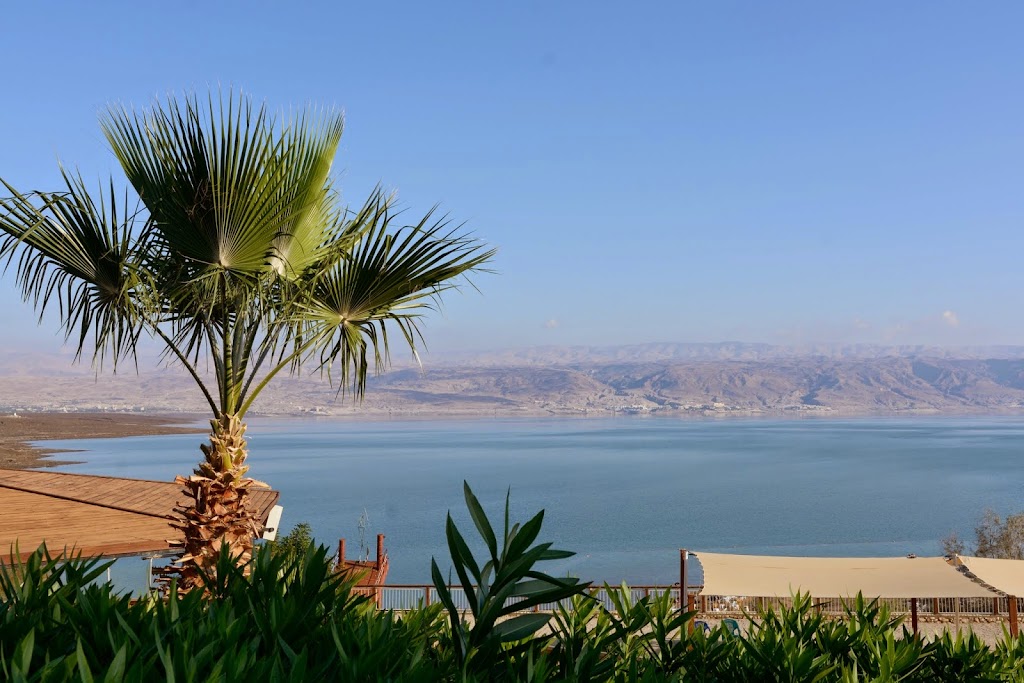

Church members enjoying the float. I had a quick float.


We enjoyed a relaxing afternoon floating on the sea and thank God for the perfect weather!
In the evening, we visited Jericho which was in Palestine.
Rev Quek's Notes :
Jericho is believed to be one of, if not the oldest cities in the world. Besides being old, Jericho is also one of the lowest cities in the world, about 244 m below sea level.
It was also the first city captured by the Israelites upon entering the land of Canaan following their 40 years of wandering in the desert after the exodus from Egypt.
Jesus healed Bartimaeus, the blind beggar, and dined with Zacchaeus, the rich tax collector. And both Cleopatra and Herod the Great coveted this lush oasis.
Jericho sits between Mt. Nebo in the east, the Central Mountains to the west and the Dead Sea to the south. In addition to these natural fortifications, Jericho also benefited from natural irrigation afforded by the Jordan River approximately four miles to the west, and from underground tributaries from the Central Mountains which fed her famous oasis. This irrigation resulted in teeming plant life and helped to transform Jericho into a flowing sea of green in an otherwise barren desert. Jericho's natural resources, beauty, and natural defences caused her to become the ideal locale for trade.
Jericho later fell to the Babylonians, but was rebuilt when the Jews were allowed to return from their exile. The city continued to be a resort during the rule of the succeeding empires. The Romans destroyed the old city in the first century, but it was rebuilt in its present location by the Byzantines. The city later fell to the Crusaders and then was recaptured by Saladin. Jericho was largely ignored and deserted for centuries afterward.
The UN partition decision allocated the area to the Arab state, but, after the 1948 war, it was controlled by Jordan. Many Arabs who left other parts of Palestine moved to the area and a number of UN refugee camps were set up. A Palestinian nationalist named Musa Alami founded an agricultural school to train refugees in 1951, which is still in operation. The territory was subsequently captured by Israel in the Six Day War.
Jericho (along with the Gaza Strip) was the first territory given to the Palestinians by Israel as part of the Oslo peace agreement in 1994. Before the outbreak of the Palestinian War in 2000, the Palestinian Authority had been developing the town in hopes of making it a major tourist attraction, most notably erecting a large casino and hotel at the outskirts of the city. The main attraction in Jericho is the Tel es-Sultan (Sultan Hill), the site of ancient Jericho. In reality, little remains beyond a few piles of rocks that archaeologists now tell us were once parts of towers, staircases and other structures that date back at least 7,000 years. The oldest stairs and wall in the world are on the site. The layers of 23 ancient civilizations were uncovered here and may be as much as 9,000 years old.
End
Jericho City. Reputed to be the oldest town on earth, Jericho is an important city situated about 16 km northwest of the Dead Sea in the Jordan Valley, Jericho was the first city conquered by Joshua and the Israelites after crossing the Jordan (Joshua 6:12-21), after which he put a curse on the city and on the man who rebuilt the city. It was also at the gate of Jericho where Jesus healed Bartimaeus, the blind man who cried out to Him (Mark 10:46-52). Jesus encountered the tax collector Zacchaeus at Jericho (Luke 19:1-10). There is a sycamore tree in front of a Greek Orthodox Church in modern Jericho. Is that the same tree Zacchaeus climbed?
Oldest City of the world - Jericho.


Map

Ruins and ruins of Sultan Hill -the site of old Jericho City which was once a thriving city. Today, little remains except a few piles of rocks which were once parts of towers, staircases and other structures that date back at least 7,000 years. The oldest stairs and wall in the world are on the site. The layers of 23 ancient civilizations were uncovered here and may be as much as 9,000 years old.



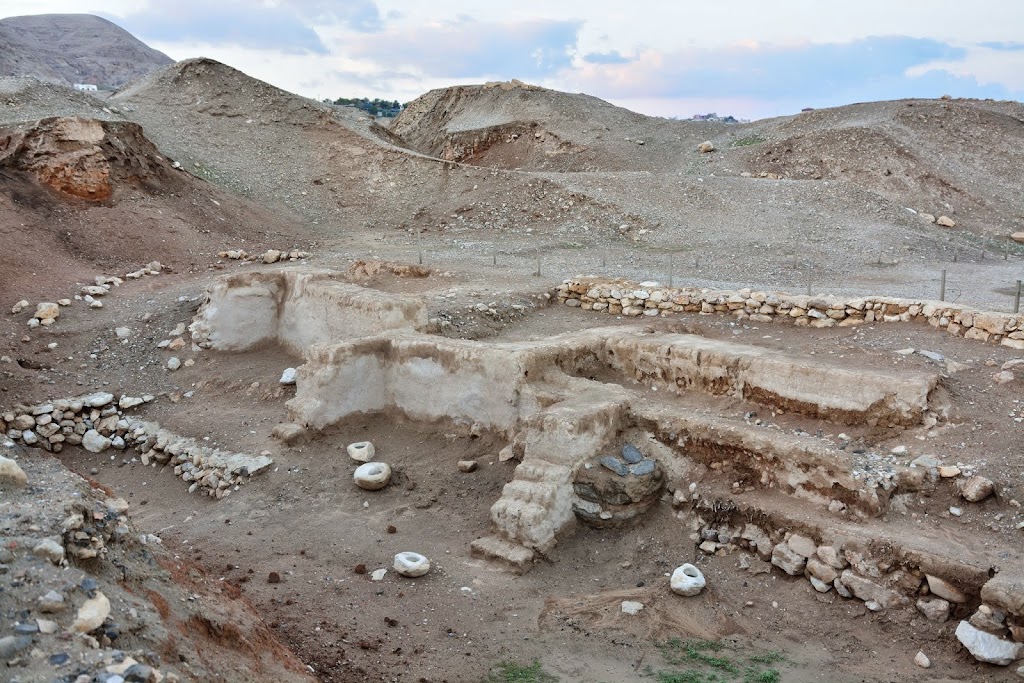

Entrance to Tel es-Sulta - Sultan Hill
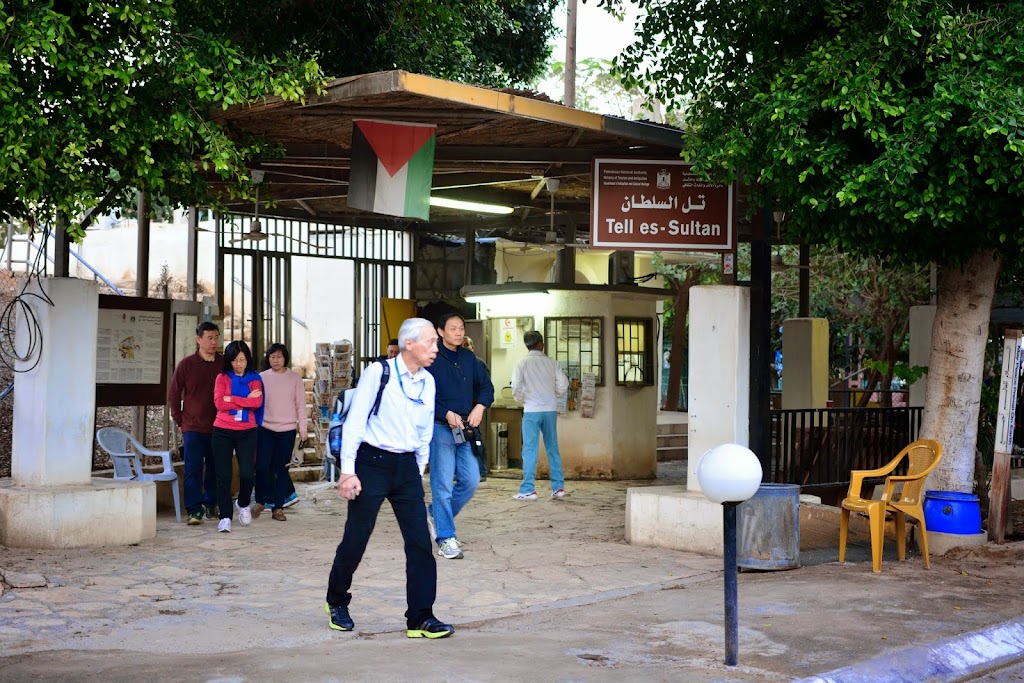
Later, we visited a shop that sells pottery and dates and fruits. Again, shopping time.


Fresh permanganate juice

We returned to West jerusalem and had dinner at the hotel. Today was the start of the Jewish Sabbath which starts at 3pm. The hotel has a special lift, the sabbath lift, that will stop at every floor once Sabbath starts. the Sabbath will end the next day at 3pm. No working, no cooking, no transport from 3pm onwards. Before dinner, a group of us took a stroll via Jerusalem Chords Bridge to visit a small shopping centre at the end of the bridge along Yafo Street.
